Find out how they can add modernity and style to residential environments
html[data-range=”xlarge”] figure image img.img-22c7c6df7ee4f369af18410e63ee3937mzbfmrko { width: 774px; height: 516px; }HTML[data-range=”large”] figure figure img.img-22c7c6df7ee4f369af18410e63ee3937mzbfmrko { width: 548px; height: 365px; }HTML[data-range=”small”] figure image img.img-22c7c6df7ee4f369af18410e63ee3937mzbfmrko, html[data-range=”medium”] figure image img.img-22c7c6df7ee4f369af18410e63ee3937mzbfmrko { width: 564px; height: 376px; }
Giving a touch of style and warmth to the rooms, the apparent brick it is one of the most requested finishing options by residents, according to architect Fernanda Mendonça, Bianca Atalla’s partner in the office Olive architecture.
Versatile, the coating is in line with different decorative styles – from from modern to rustic, passing through the more sober ones. “Personality is one of the attributes of the brick,” reveals Mendonça.
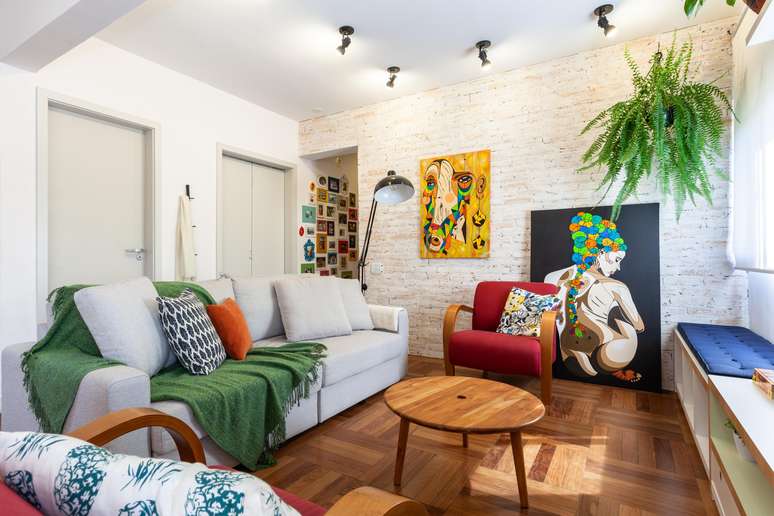
The affordable price, the durability of the material and a wide range of formats and colors are other factors that prompt residents to order a brick model that dialogues with the proposed environment.
“The material, in addition to bringing a ‘that’ of rusticity, also satisfies the desire to add warmth to spaces. And this is a sensation highly sought after by all those who are renovating their homes”, assesses Bianca.
The professional also emphasizes the plurality of the style, which can be used both indoors, highlighting a wall, and outdoors, such as on facades for example.
Types of bricks for decoration
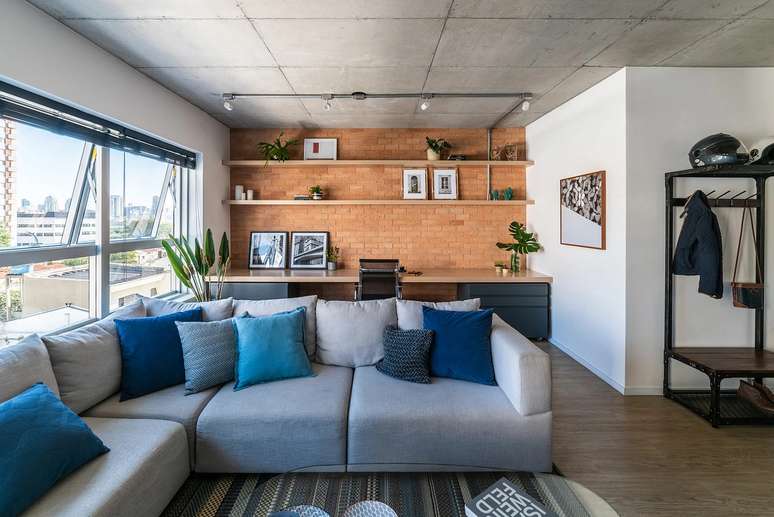
With different possibilities, the resident must pay attention to the characteristics of the material and the work to define the one that best suits the context.
Among the most common are the original works, those purchased in air, platelets and even porcelain stoneware that imitates brick, each of which is better suited to a different type of situation. Follow the explanation of the Oliva Arquitetura duo:
- Porcelain stoneware: can be used in interiors subject to humidity or grease, as it allows for better cleaning and maintenance;
- Plaqueta: Recommended for situations that do not have much depth, it is ideal for those looking for a finer finish without grout;
- Bought in a pottery: If the intention is to cover an existing wall, it can be applied in the same way as plaque, but you need to make sure it is thick enough, and it can be brick or half brick. Thinking about the finish, it can be laid with grout or dry grout;
- Original work: ideal for saving material and recovering the history of construction, it brings what already exists in the project to a new meaning, as well as being one of the most sustainable options.
Difference between brick and brick

According to architect Bianca, the main difference lies in the material thickness: While ceramic slabs tend to be thinner (2 cm on average), the original building brick and ceramic brick measure approximately 11.5 cm. Since architects tend to build many small apartments, every inch counts.
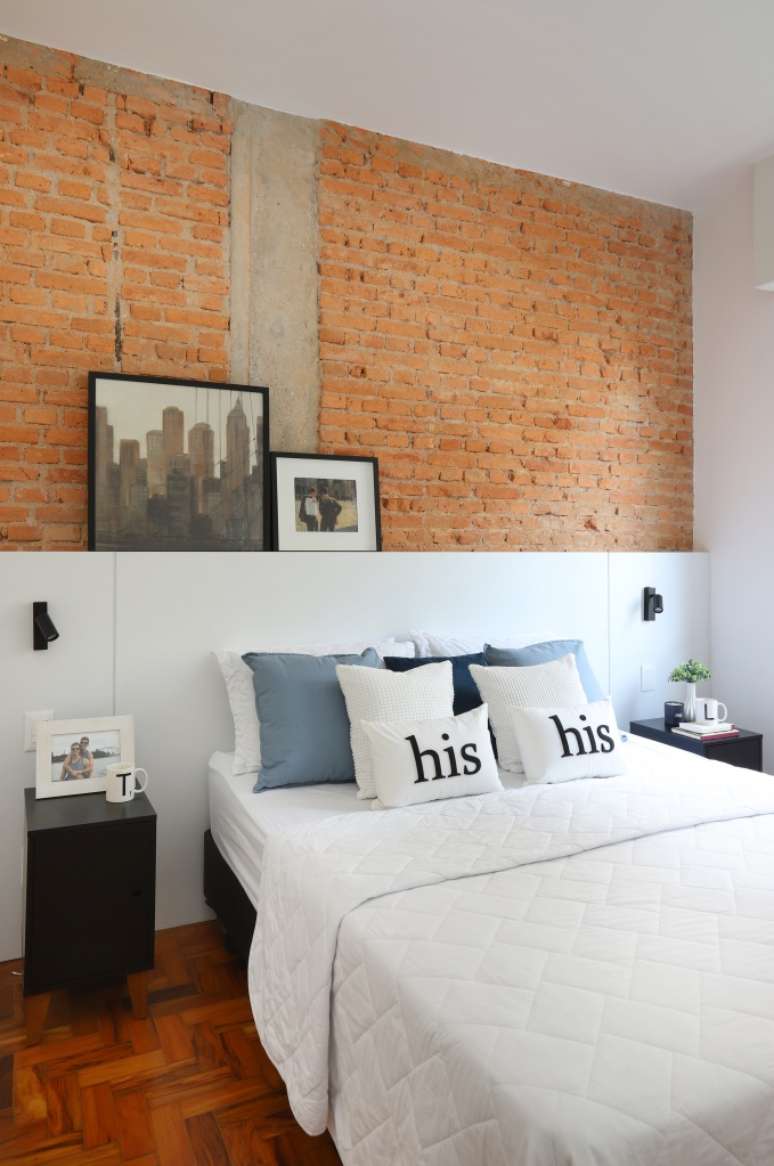
“This is an important point for us to hit the hammer. If the resident will be using a brick that is not original to the apartment, you need to ensure that there is enough space to run a double wall, otherwise clapboards are the way forward.” , explains.
Where to use bricks?
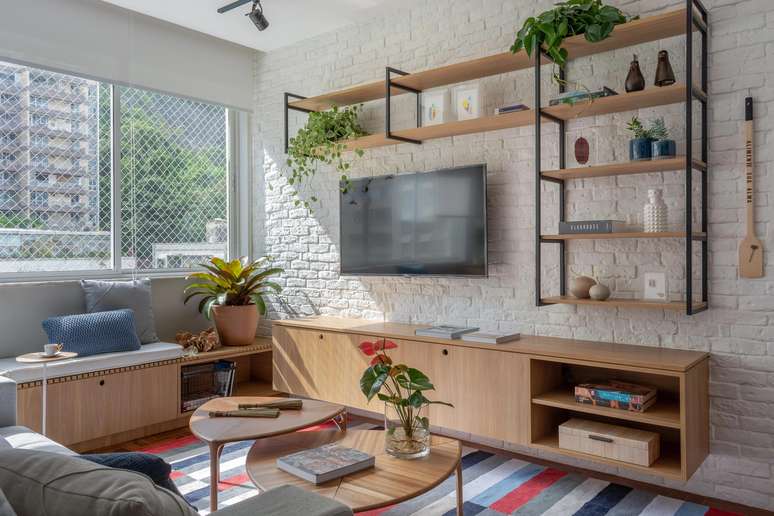
One of the advantages of brick cladding is the possibility of harmonizing with any room in the house. In a living room with modern furniture, a suggestion is paint white as a way to convey a lighter, more delicate look.
However, if the idea is to create a more rustic décor, the architectural professional can work with exposed brick in light shades or in its original color. “In the bedroom, a suggestion is to define just a piece of wallwhich is enough to conquer the charm we are looking for”, reveals Fernanda.
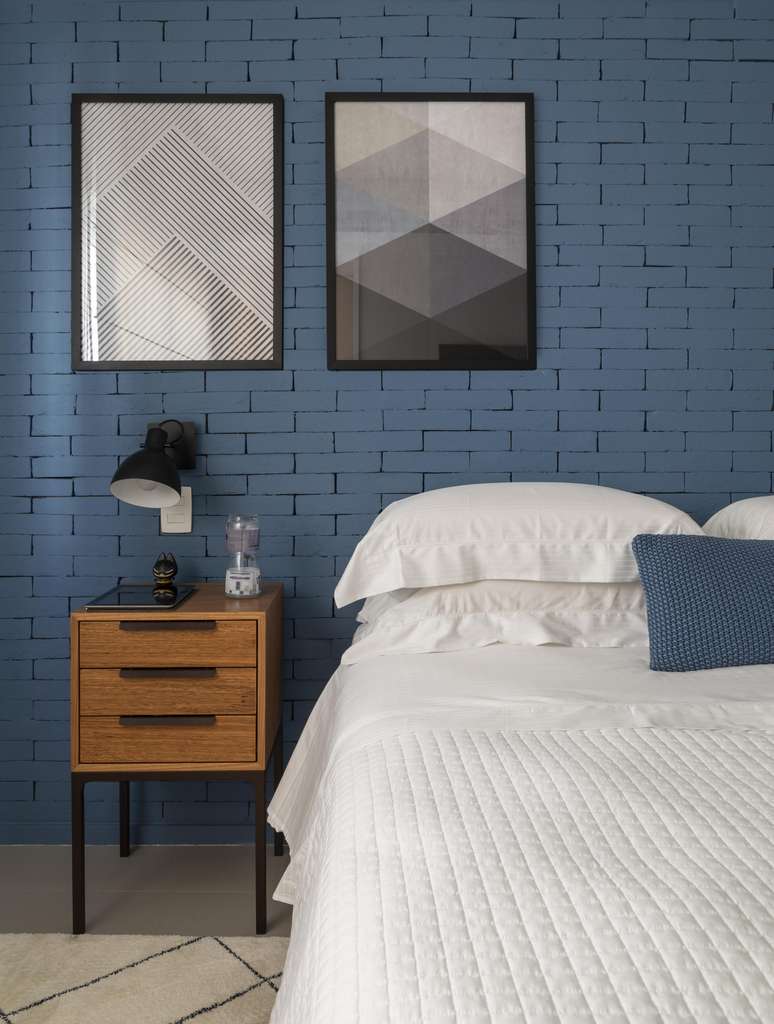
“In the living room, its combination with a woodwork and metal shelf is excellent for creating a more relaxed atmosphere,” she adds.
With the advent of the home office – and the need for a cool look for virtual meetings – brick is very welcome and a recurring request from residents, according to the architect duo.
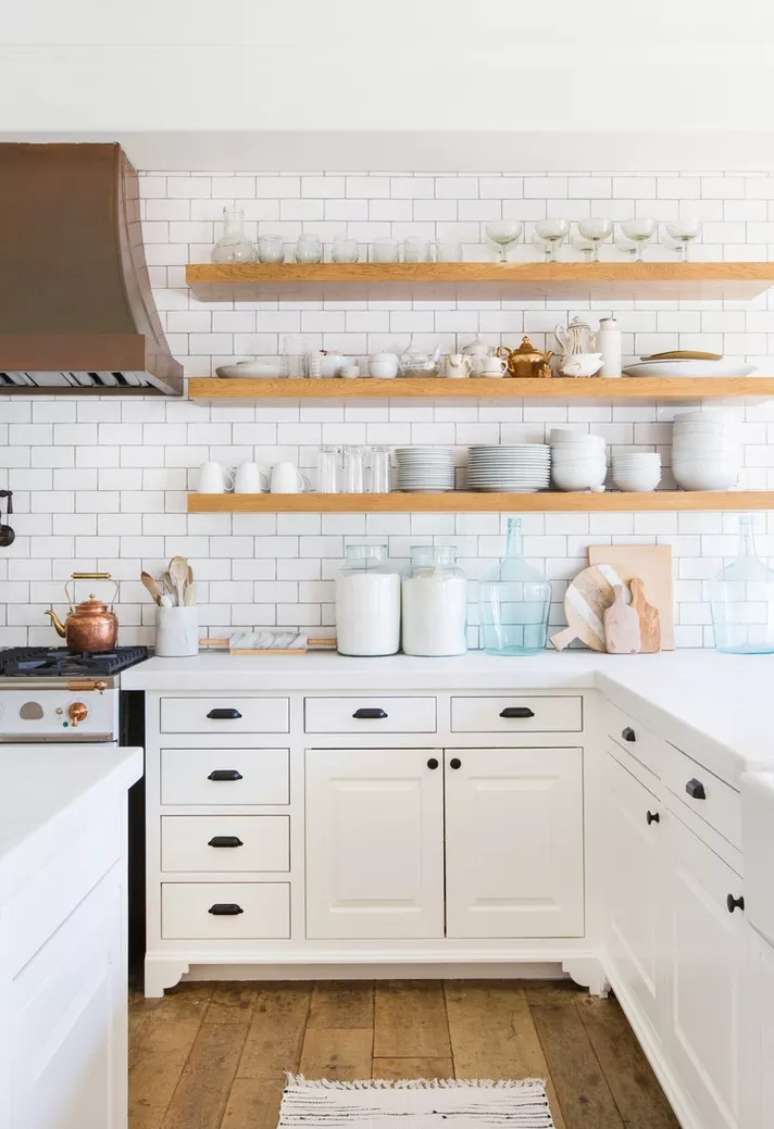
In the case of kitchens and bathrooms, both underline that their specifications greatly depend on the defined proposal, as well as on the availability for periodic maintenance on the premises.
Precautions for the installation and maintenance of bricks

The laying of exposed bricks requires a certain amount of care so that the material does not wear out over time. Since it is a porous material, it is advisable to carry out the waterproofing for a longer life.
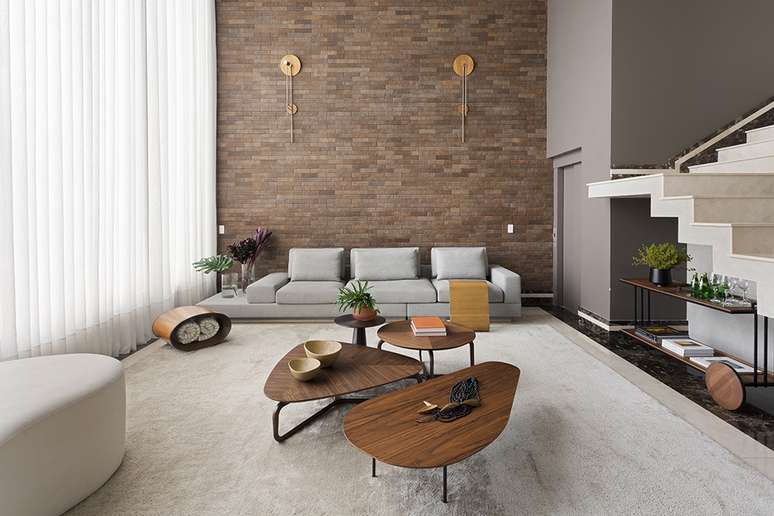
If plates are used, the prior application of a waterproofing product is recommended to guarantee the integrity of the material. “In this process, we first carry out the waterproofing, then we apply the laying mortar. We also consider a second layer of product with the aim of obtaining a more delicate result,” explains Bianca.
For those looking for a rustic result on the wall, it is not necessary to consider the same type of care in the installation of the plates. However, it is essential to pay attention to the layout and correct binding of the pieces, as well as the grouting that accompanies the design proposal.
When brick is not the most suitable covering
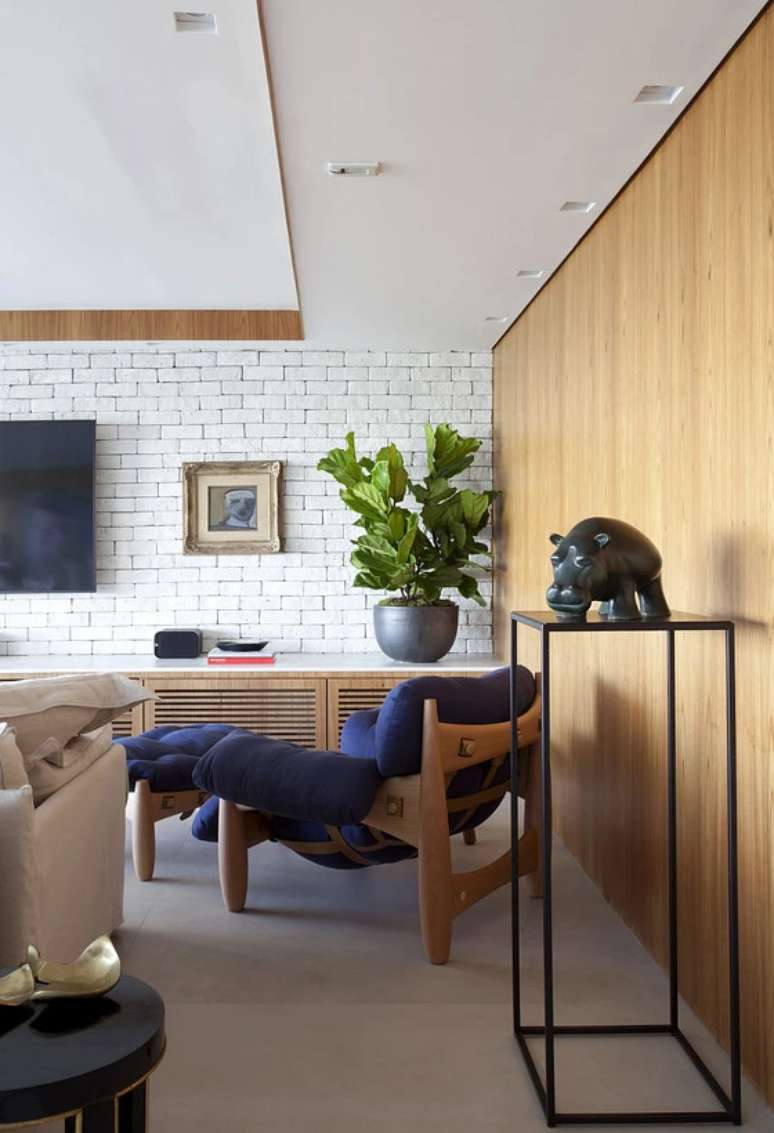
Exposed bricks are not recommended in interior environments with direct contact with water or grease. “We have already placed it in a bathroom wall away from the wet area. However, we have strengthened the waterproofing treatment, which must be repeated from time to time to ensure good durability and good looks,” concludes Fernanda.
Source: Terra
Ben Stock is a lifestyle journalist and author at Gossipify. He writes about topics such as health, wellness, travel, food and home decor. He provides practical advice and inspiration to improve well-being, keeps readers up to date with latest lifestyle news and trends, known for his engaging writing style, in-depth analysis and unique perspectives.

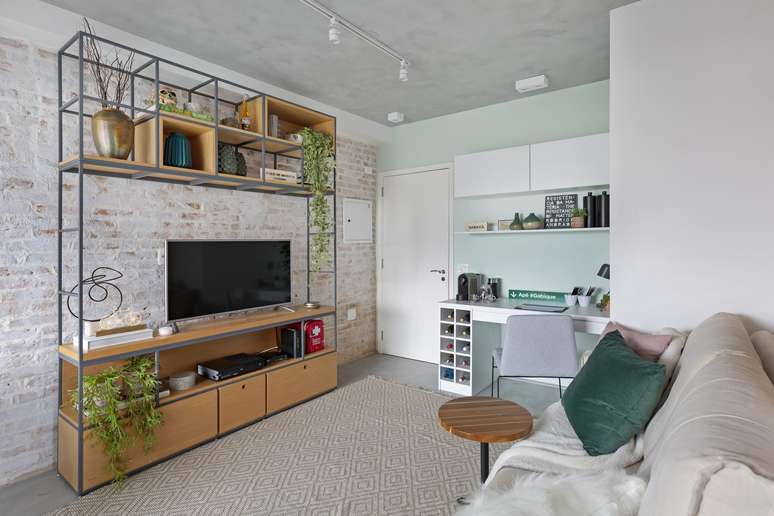


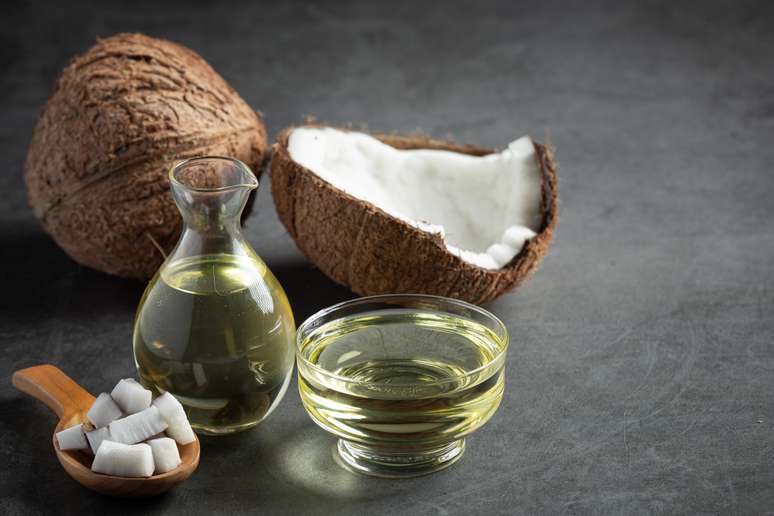
-ubrgialfr7sh.jpg)



